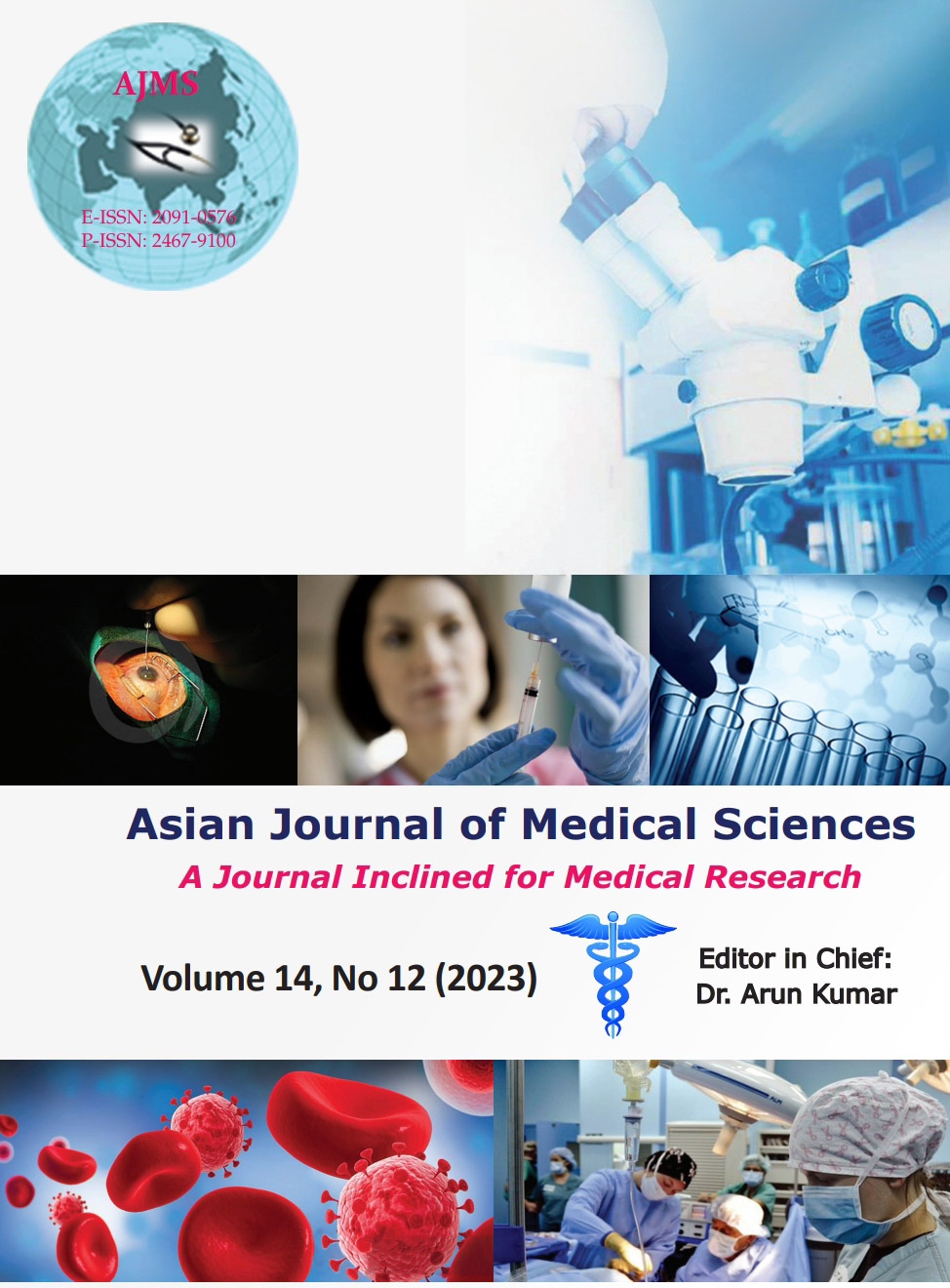A cross-sectional study of feeding practice status in children (6–23 months), association with malnutrition, and impacts of maternal determinants
Keywords:
Infant and young child feeding; Malnutrition; Maternal determinants; North central IndiaAbstract
Background: Inadequate complementary feeding practices lead to poor cognition, stunting, and increased rate of infections. Insight into deficiencies of complementary feeding practices could help in planning and implementing newer approaches at various levels of intersection.
Aims and Objectives: The aim and purpose of the study were to determine the complementary feeding practices, to identify maternal determinants of each practice, and to analyze the associations between complementary feeding practices with malnutrition.
Materials and Methods: A prospective observational study was conducted at the Department of Pediatrics, of a tertiary hospital over a 14-week period. All children aged 6–23 months were included in the study. Data were collected using a pre-structured questionnaire based on the World Health Organization Infant and Young Child Feeding (IYCF) indicators for assessing IYCF practices.
Results: A total of 400 mothers participated in the study. The mean age of children was 12.58 20±5.02 months, male: female = 1.6:1. The mean age of starting complementary feeding was 6.81±1.79 months. Semisolid food was introduced in 90.2% of children, minimum dietary diversity was received by 61.0%, minimum meal frequency by 83.8%, and minimum acceptable diet by 58.2%, eggs and flesh by 14.2% and 3.5% children, respectively; only 9.2% received vitamin A rich fruits and 38.5% did not receive any vegetable or fruit. Bottle feeding was present in 55.5% of population. Maternal parameters (education, employment access to media) and socioeconomic status were significantly associated with feeding practices (P<0.05). A significant difference was found in the nutritional status (wasting and stunting) of children who did not receive minimum dietary diversity (P<0.01).
Conclusion: Wide gap exists in feeding practices even in urban settings and was significantly associated with child’s nutritional status.
Downloads
Downloads
Published
How to Cite
Issue
Section
License
Copyright (c) 2023 Asian Journal of Medical Sciences

This work is licensed under a Creative Commons Attribution-NonCommercial 4.0 International License.
Authors who publish with this journal agree to the following terms:
- The journal holds copyright and publishes the work under a Creative Commons CC-BY-NC license that permits use, distribution and reprduction in any medium, provided the original work is properly cited and is not used for commercial purposes. The journal should be recognised as the original publisher of this work.
- Authors are able to enter into separate, additional contractual arrangements for the non-exclusive distribution of the journal's published version of the work (e.g., post it to an institutional repository or publish it in a book), with an acknowledgement of its initial publication in this journal.
- Authors are permitted and encouraged to post their work online (e.g., in institutional repositories or on their website) prior to and during the submission process, as it can lead to productive exchanges, as well as earlier and greater citation of published work (See The Effect of Open Access).




